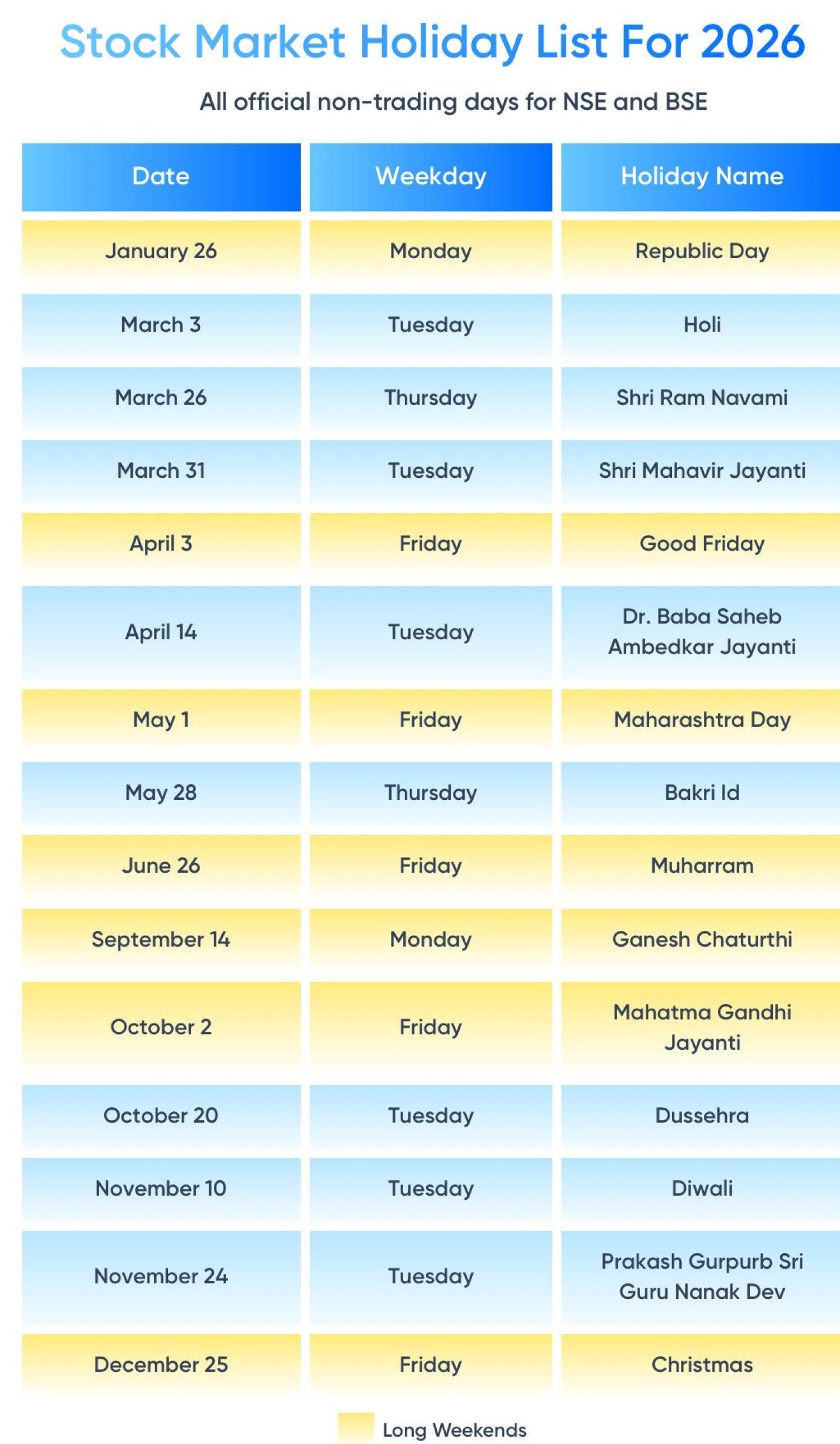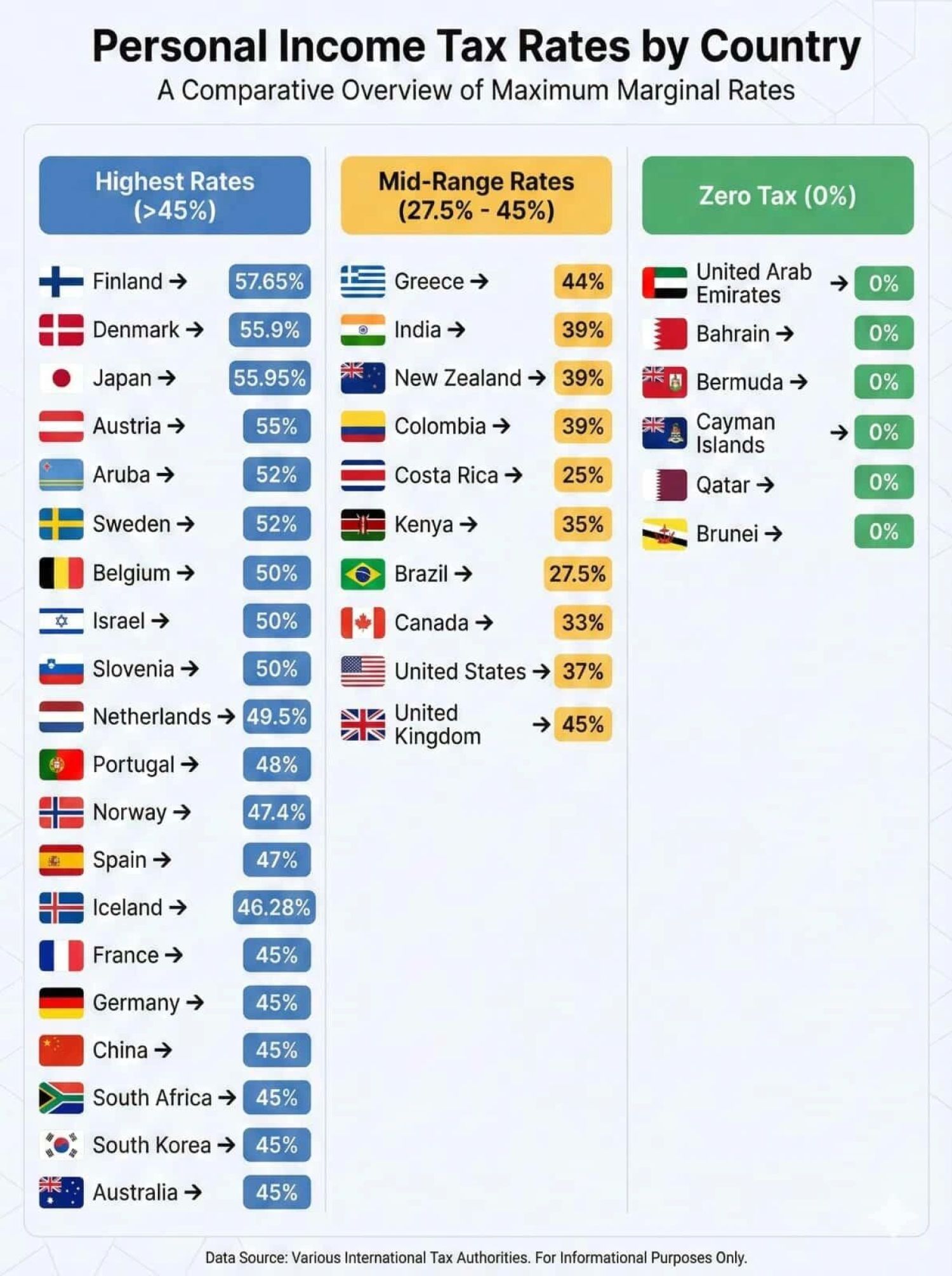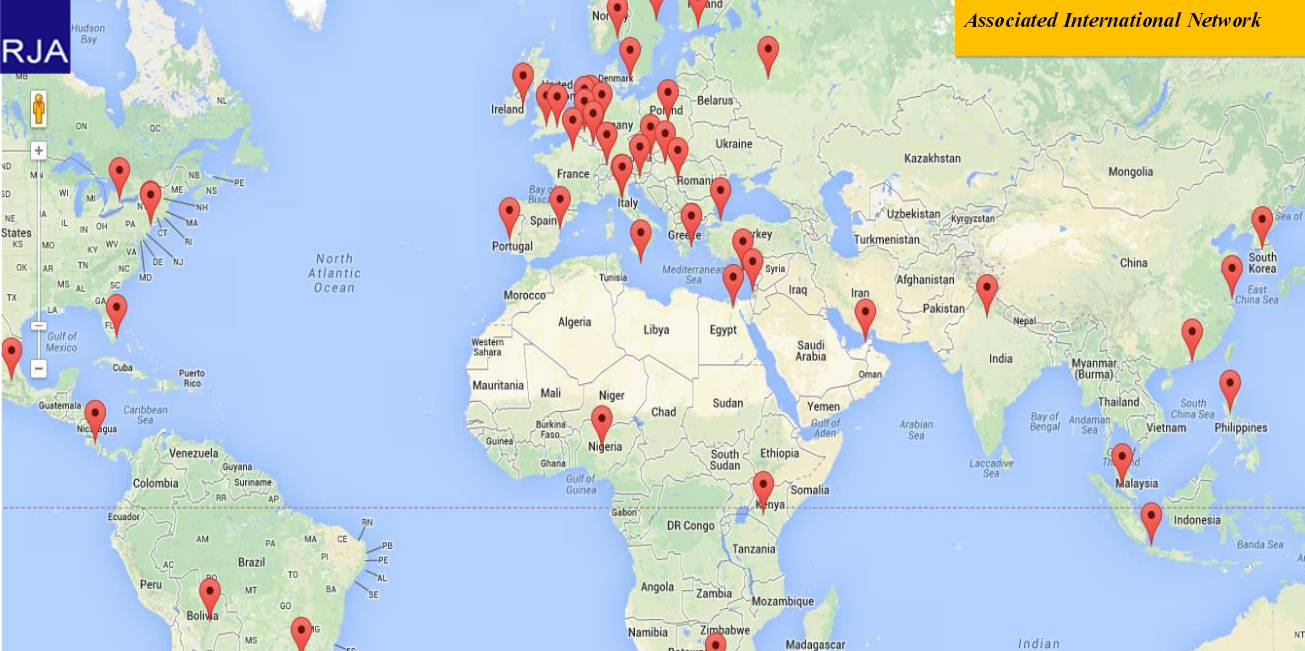Table of Contents

Impact of GST on Textile Industry
The textile industry and especially the cotton value chain are going to be affected negatively by the changing GST rates. Although the GST rates are not announced yet it is likely to bring a great change. Dr. Arvind Subramanian Committee has recommended putting down the rate by 12%. Presently, the textile industry is attracting zero central excise duty and the condition is going to worsen if this is followed.
The state VAT is 4-5% on apparel. There is a 1.2% effective excise duty on branded garments with a price of more than Rs 1000. The incidence of the overall tax on the finished goods which are the apparel is much lower than 12%. This is the lowest rate proposed by the GST.
The apparel retailers will not have sufficient input credits at a 12% rate. Therefore they cannot offset the tax liability which they have increased. The cotton players within the spinning industry will be affected adversely. There will be an adverse impact on the manmade spinning sector which is currently being taxed due to GST.
The manufacture of fabric is carried out by the SSI sector. Here many of the companies operate under the scheme of composite taxation. This can be applied in cases where there is a turnover of up to Rs 1.5 crore. One cannot claim the ITC on purchases from suppliers under the composite scheme.
You may also read about the Effect of GST on Advertisement and Cinema Industry
OPTIONAL ROUTE TO PAY GST TAX:
The ICRA points have pointed out that most of the cotton-based textile players in the value chain operate through a route that is optional. This means that there is zero tax with no ITC, which in turn results in lower duties. Exemption on cotton is one of the key reasons. Therefore there is lower ITC for cotton spinning mills. Also, the cotton yarn manufacture seeks the optional duty route. This they do without claiming ITC and hence they pay zero excise duty.
The following line, “with an optional duty structure at the cotton yarn stage itself, the downstream sectors, i.e. weaving, processing, and garments also operate under the optional route .” this line has been said by the vice president of the Corporate Sector Ratings.
CAPITAL INVESTMENT
The indirect taxes payable on the sales can be set off against the generally paid indirect taxes on the capital goods. The capital-based textile exporters generally purchase imported capital goods under the Export Promotion Goods Scheme. This enables them to take the full exemption on payment of customs duties. This will only be provided if they export six times of the duty saved over a period of six years.
DUTY DRAWBACK
The tax credit for exporters will become easier to fulfill by getting input tax credit chains becoming more transparent and integrated. The duty drawback scheme aims to provide a credit of indirect taxes which may lose relevance under GST.
There are cases where the current duty drawback is lower than the incidence of indirect taxes on inputs. In this case, the exporters will benefit under GST because of the improved transparency on the level of indirect taxes under GST. The converse happens where the drawbacks rates are higher than the actual incidence of indirect taxes on inputs.
We can also read about GST Impact on Import and Export
















